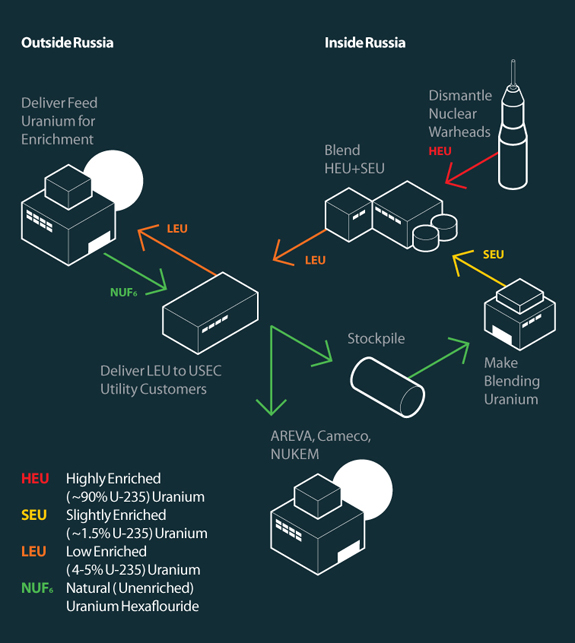


Ur-Energy Inc. has provided updates for 2025 Q1 from Lost Creek and Shirley Basin....
US tariffs could drive up the costs for a planned nuclear power project in Michigan, according to the South Korean firm building t...
Vietnam has officially approved a revised version of its national power development plan, allocating US$136 billion by 2030 to str...
USA: Ur-Energy Provides Production and Construction Updates for 2025 Q1https://t.co/TeM6cFKQ66#uranium #cleanenergyeconomy
— TradeTech (@U3O8TradeTech) April 17, 2025
Uranium 101 - US-Russian Highly Enriched Uranium Agreement
